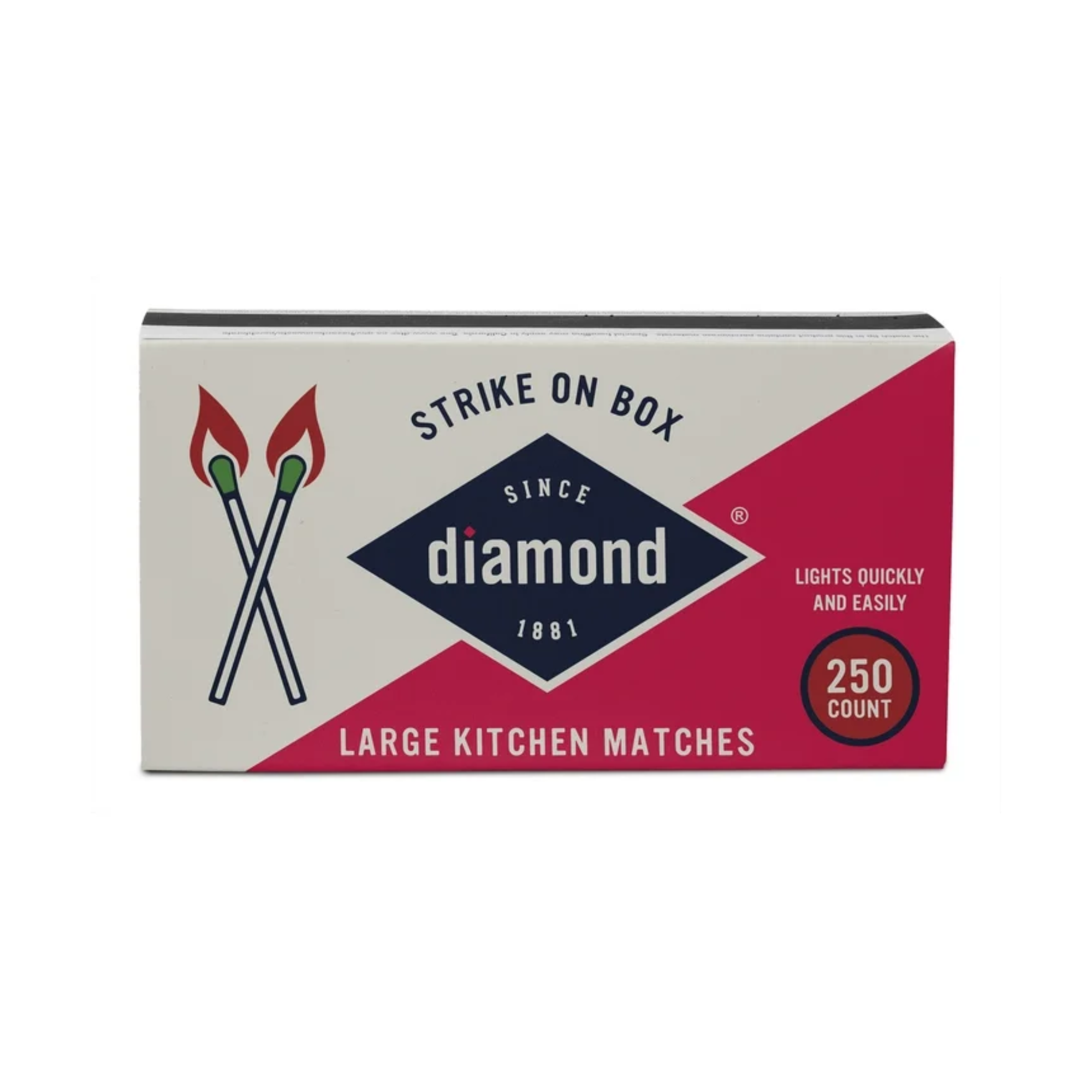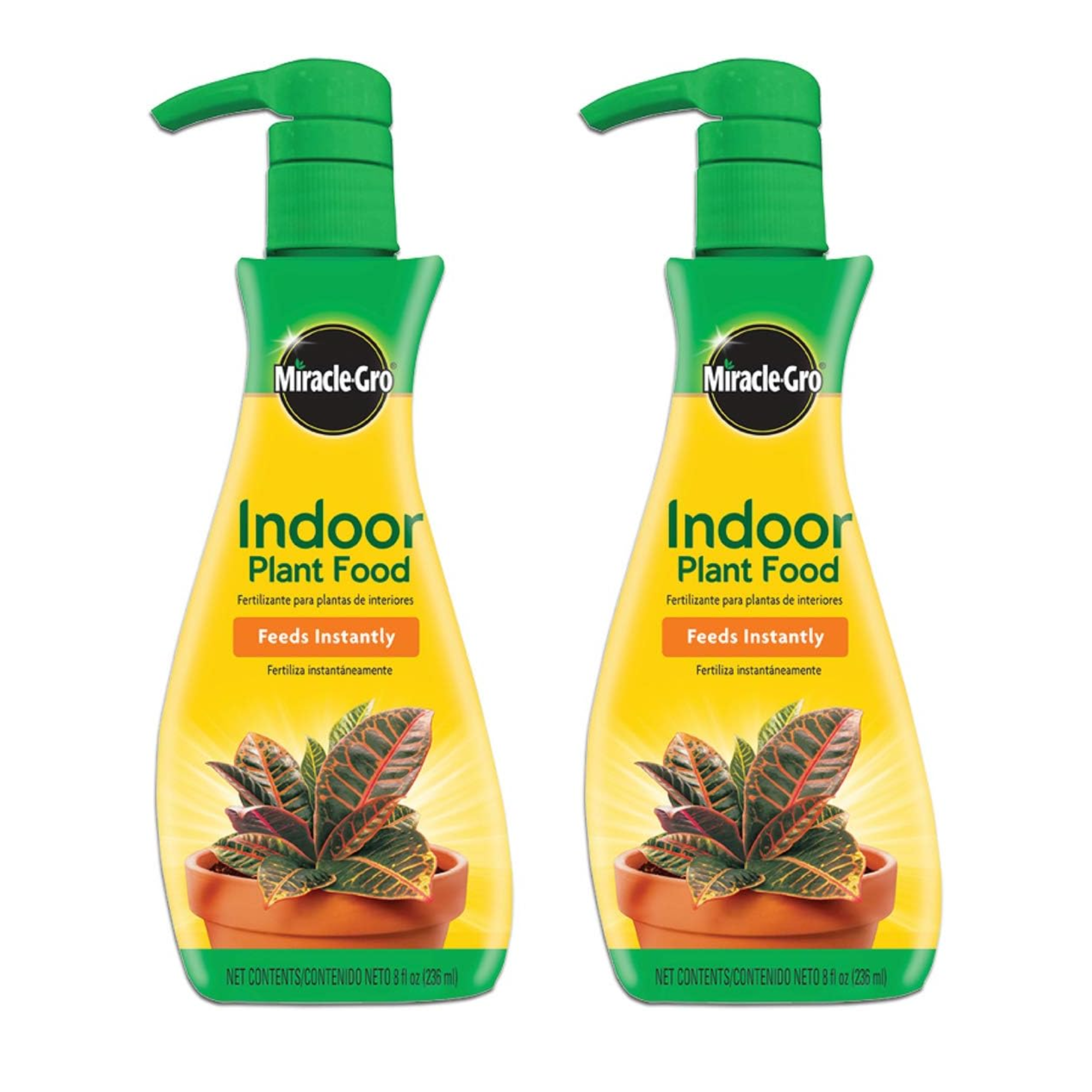This Household Item is an Easy Way to Fertilize your Houseplants this Spring, and it Costs Just $1 to Buy
Give your greenery a much-needed boost with this simple DIY fertilizer
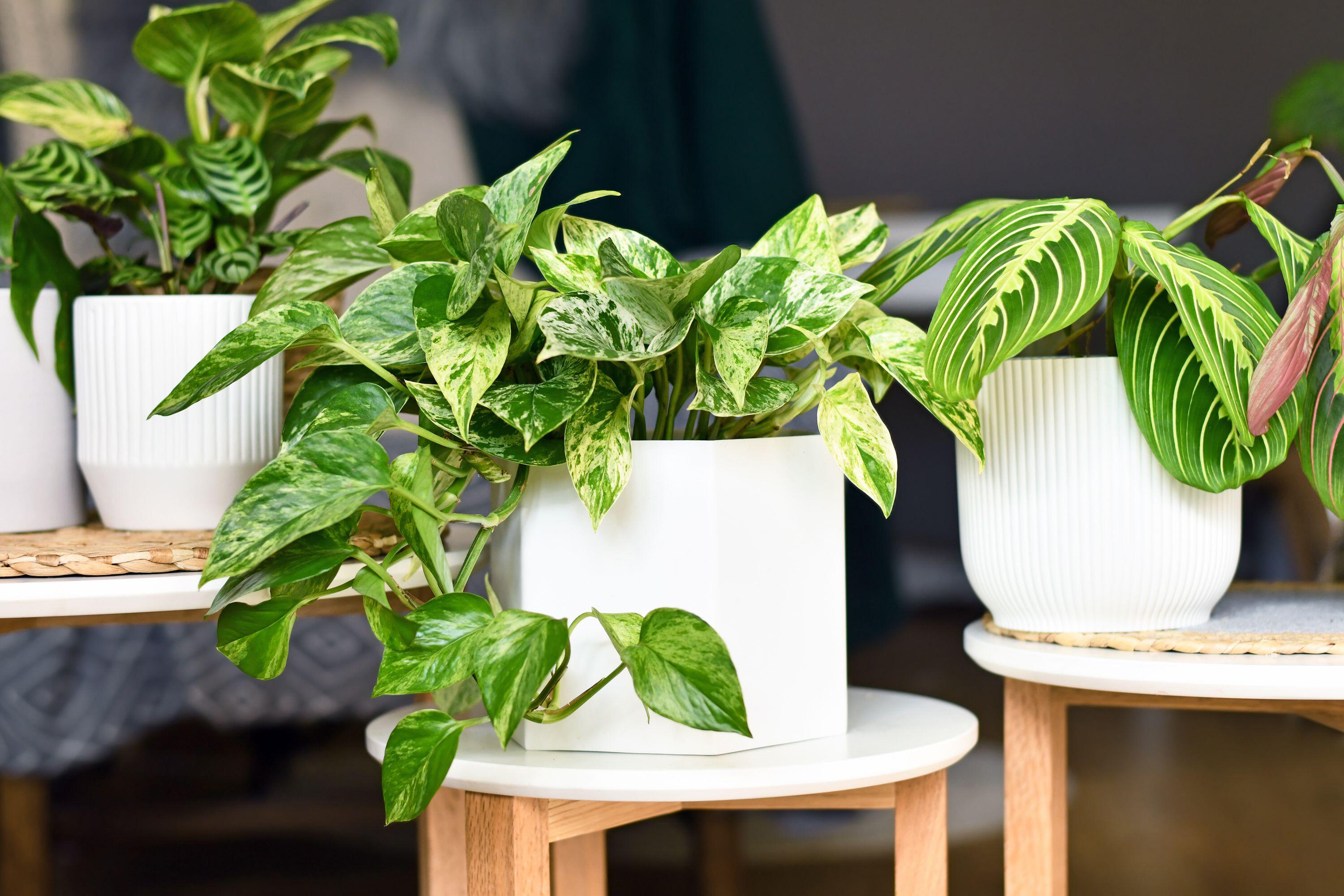

As spring makes a welcome arrival, the health of your houseplants should be a priority. With longer days and warmer weather ahead, your indoor plants - just like the ones in your backyard - will emerge from a period of dormancy. That makes now the perfect time to fertilize your green-fronded friends to give them the nutrients they need for a spurt of growth.
There are a few key nutrients your plants need to thrive, among those phosphorus and sulfur. You don’t need to turn to expensive artificial fertilizers to keep your plants happy with these two elements, however. In fact, there’s one household item you probably already have lying around inside a drawer that contains both these nutrients, and it costs less than $1 to buy.
The answer, believe it or not, is match sticks. Here, we ask experts to explain how to use this household item to fertilize your houseplants as we head into spring. The simple trick only requires match sticks and some water, and you’ll be on your way to a happier and healthier indoor garden in next to no time.

Tony O'Neill is a gardening expert and best-selling author. His thriving YouTube channel has over 421,000 subscribers, and he has authored various books including "Composting Masterclass," "Your First Vegetable Garden," and "Simplify Vegetable Gardening," empowering individuals to cultivate their own green spaces.
What is the matchstick hack for plants?
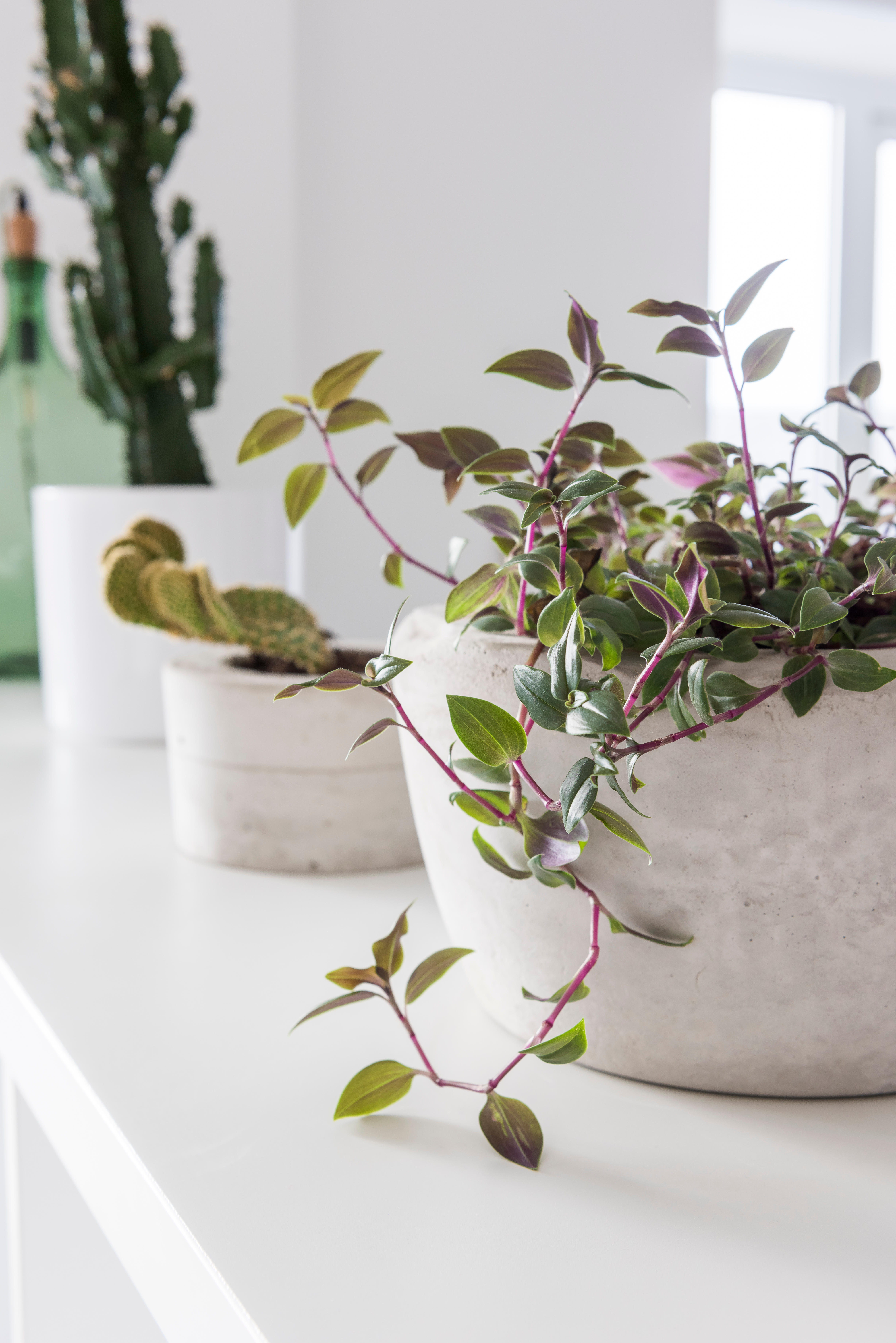
Naturally fertilizing your houseplants with match sticks might sound like a crazy idea, but given what we know about matches and the key nutrients that plants depend on, the idea makes a lot of sense. But what does it involve?
‘The matchstick hack involves soaking matchsticks in water to create a homemade plant fertilizer,’ explains gardener Tony O’Neill, owner of Simplify Gardening. ‘The basic premise is that the sulfur and phosphorus present in the match heads dissolve in the water, which plants can then absorb, potentially aiding in their growth and health.’
All you have to do is take a handful of match sticks, like these ones from Walmart, and soak them in water for an hour or so. 'After soaking, use this water to irrigate your plants,’ says Tony. Ensure you’re using safety matches, as they contain red phosphorus, which is considered less harmful compared to the white phosphorus found in strike-anywhere matches.'
How does the trick work?
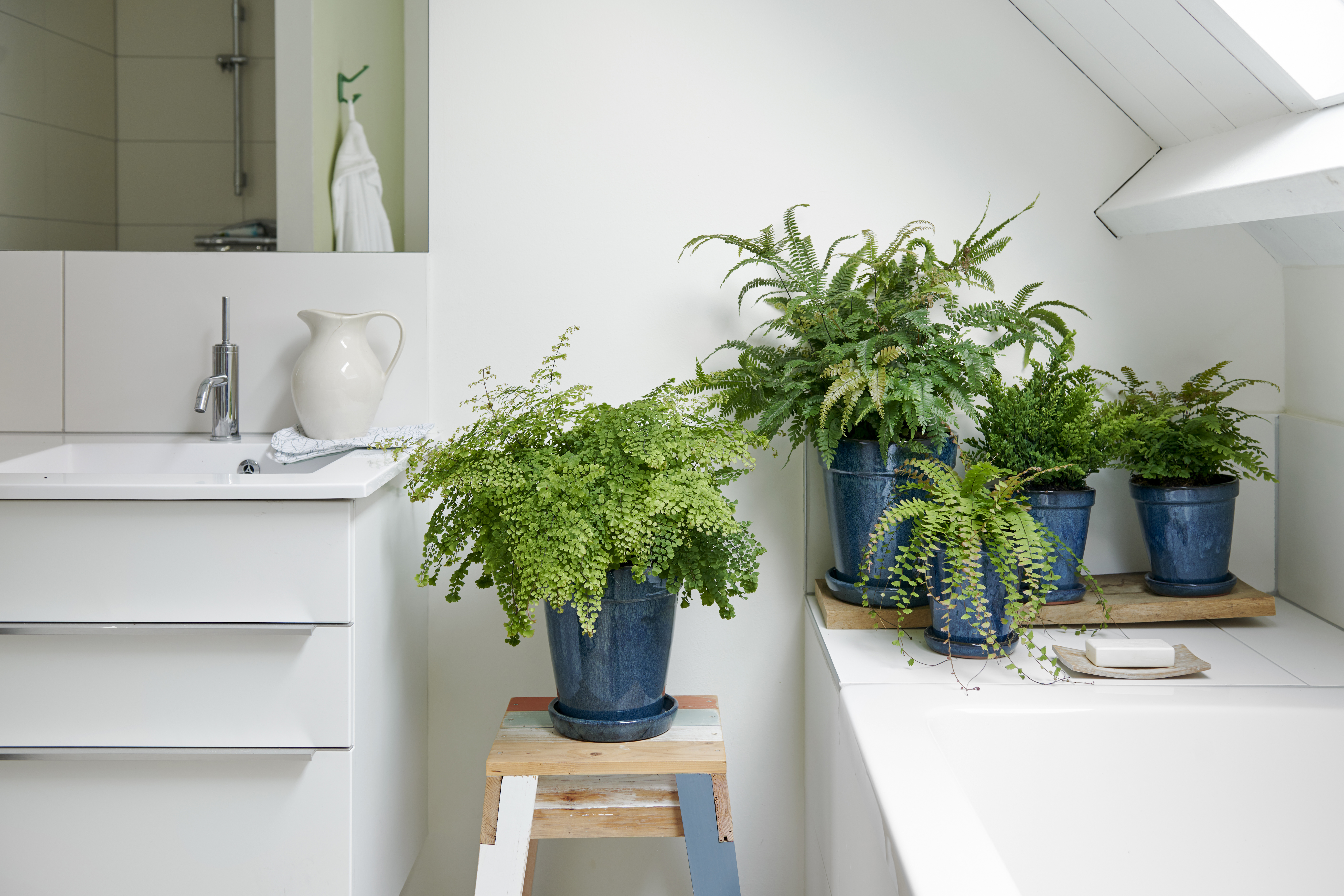
Even houseplants for beginners benefit from a boost of fertilizer in spring, and by using this sulfur and phosphorus-infused water, your plants' soil will be enriched with these key nutrients. 'Phosphorus is essential for plant growth, and sulfur is also crucial for the synthesis of amino acids and proteins in plants,' says Zahid Adnan, gardening expert at The Plant Bible. 'By providing these nutrients through the matchstick-soaked water, you're essentially offering a DIY fertilizer to your plants.'
The Livingetc newsletters are your inside source for what’s shaping interiors now - and what’s next. Discover trend forecasts, smart style ideas, and curated shopping inspiration that brings design to life. Subscribe today and stay ahead of the curve.
Tony also offers more insight into the benefits of these two nutrients. ‘Phosphorus plays a vital role in the process of photosynthesis, nutrient transport, and energy transfer, which can help with root development and bloom production,’ he says. ‘Sulfur, meanwhile, contributes to chlorophyll formation and protein can provide small production, improving plant health and resistance to disease.’
Is this a safe way to fertilize houseplants?
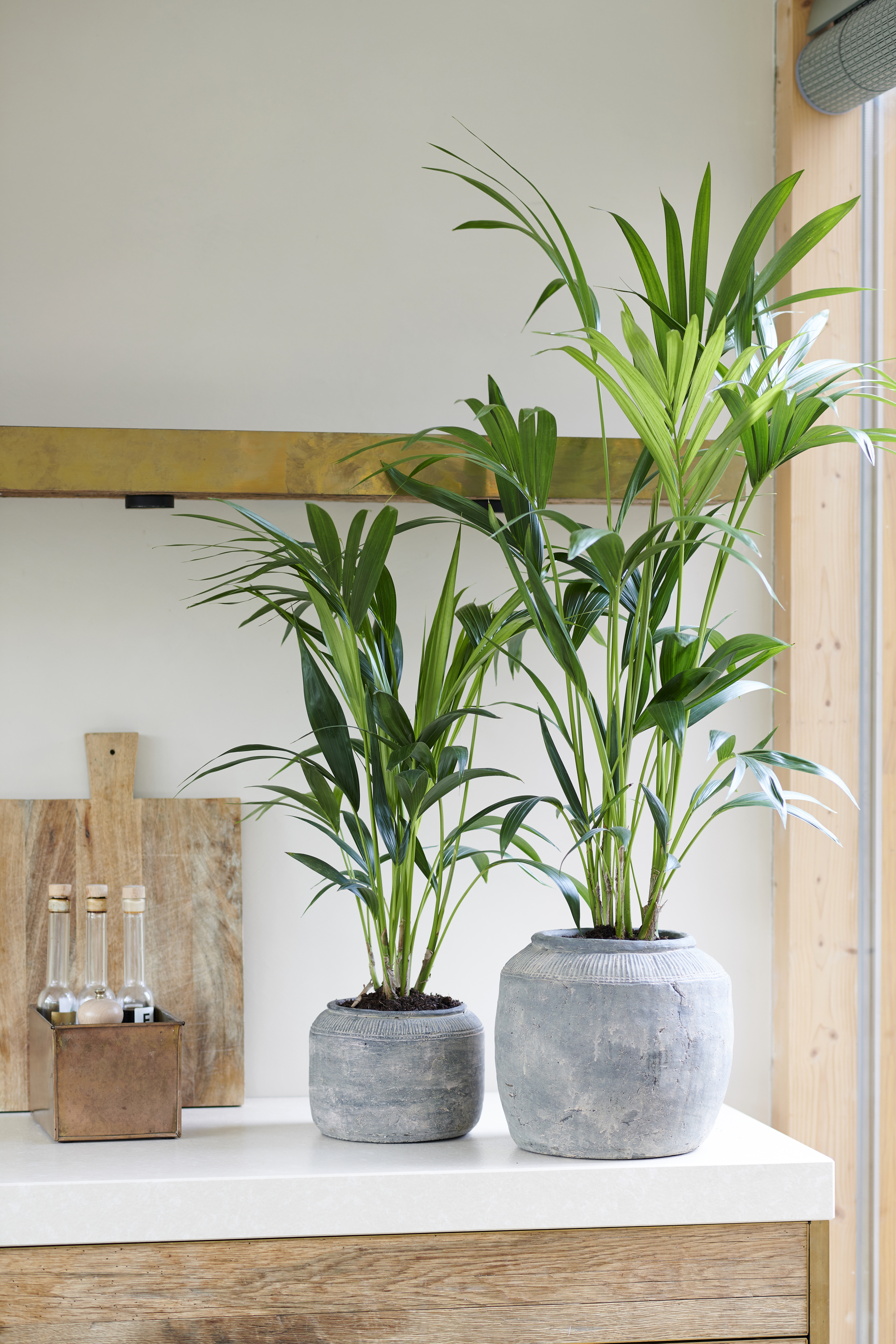
Generally, using match sticks to fertilize your houseplants is a safe method but, as with all fertilizers, you should watch out for signs of overfertilization. ‘Also, while this hack amounts of phosphorus and sulfur, it’s not a comprehensive fertilizer solution,’ adds Tony. ‘The concentrations of nutrients obtained from matchsticks are likely too low to have a significant effect on plant growth compared to standard fertilizers.’
Tony also advises caution surrounding the potential buildup of unwanted chemicals in the soil. ‘Not all components of match heads may be beneficial to plants or soil health in the long run,’ he points out. ‘For targeted nutrient supplementation, it’s more effective to use products designed for gardening, which offer the right balance of nutrients.' For this, Zahid has some suggestions. 'Composting organic matter or using natural amendments like bone meal or fish emulsion are effective ways to nourish your plants,' he says. An all-purpose plant food like this one, from Amazon, is also a great alternative.
In short, the match stick fertilizer trick is generally an effective, cheap, and easy way to give your plants a targeted boost of nutrients, just be sure to keep a close eye on your houseplants' health and don't solely rely on this method if you want to see the best results.

Lilith Hudson is a freelance writer and regular contributor to Livingetc. She holds an MA in Magazine Journalism from City, University of London, and has written for various titles including Homes & Gardens, House Beautiful, Advnture, the Saturday Times Magazine, Evening Standard, DJ Mag, Metro, and The Simple Things Magazine.
Prior to going freelance, Lilith was the News and Trends Editor at Livingetc. It was a role that helped her develop a keen eye for spotting all the latest micro-trends, interior hacks, and viral decor must-haves you need in your home. With a constant ear to the ground on the design scene, she's ahead of the curve when it comes to the latest color that's sweeping interiors or the hot new style to decorate our homes.
